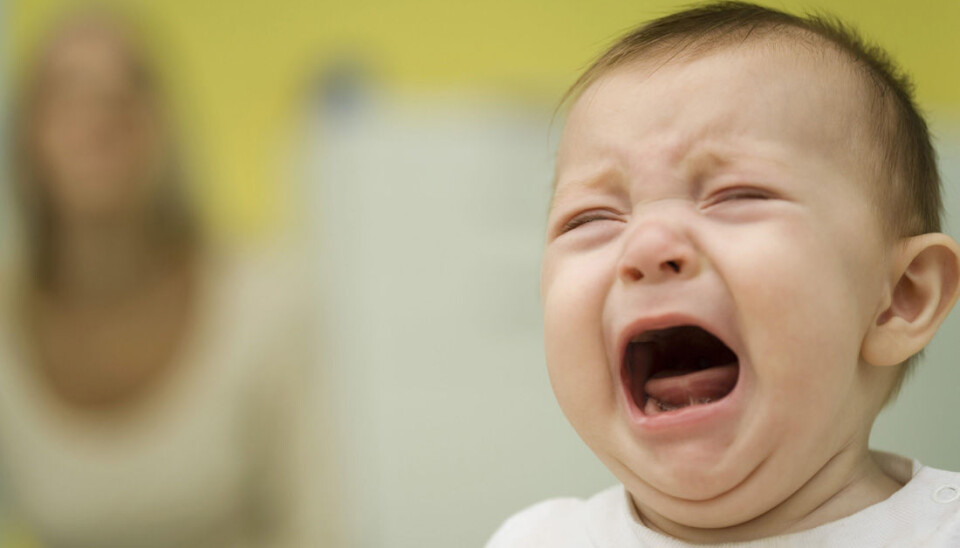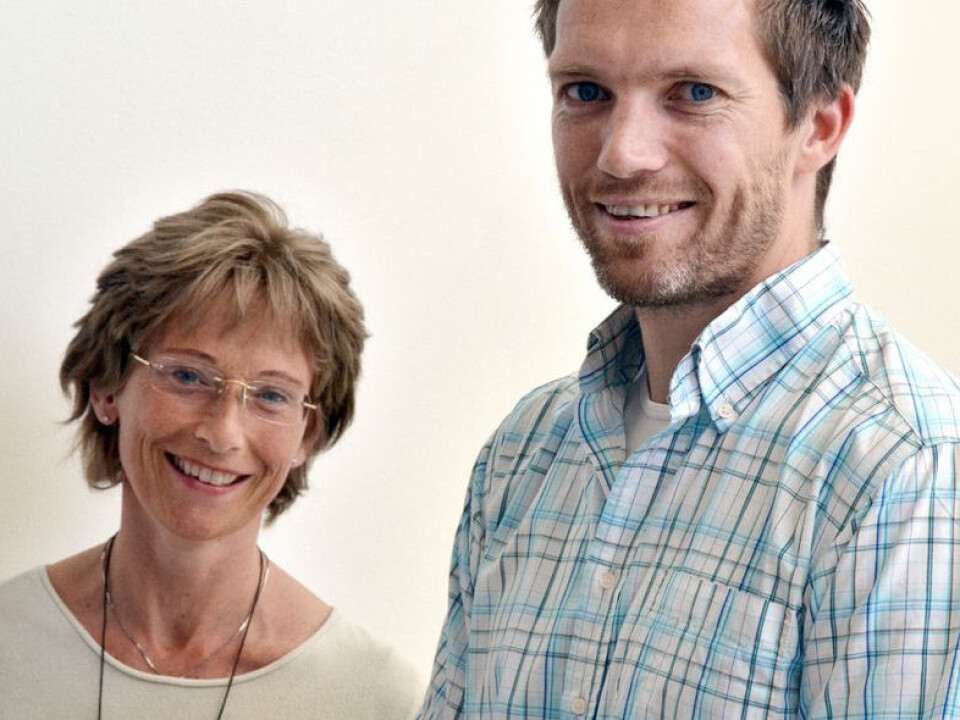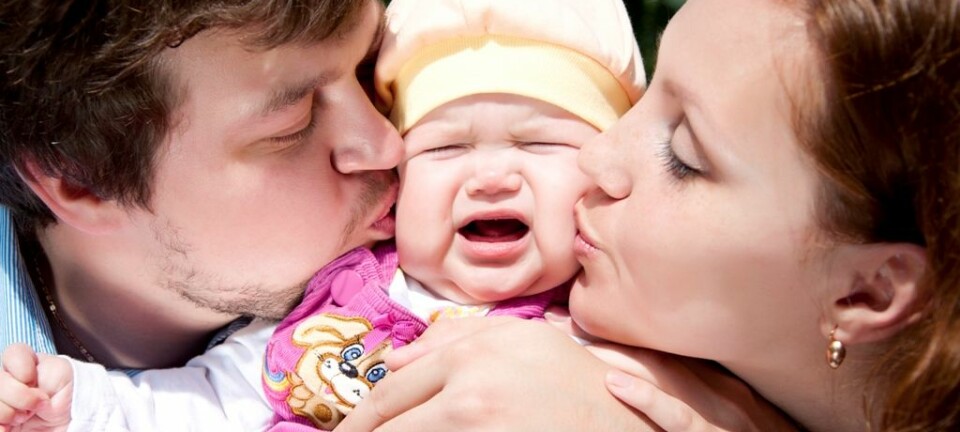
Saline beats adrenaline for baby lungs
Infants with congested bronchioles can get by on inhalations of saltwater vapour rather than adrenalin.
Denne artikkelen er over ti år gammel og kan inneholde utdatert informasjon.
Infants can be released from hospitals quicker when prescribed the right inhalants.
New Norwegian research has changed the guidelines for hospital treatment of acute bronchiolitis, the inflammation of the smallest air passages of the lungs ― the bronchioles.
Norwegian hospitals that treat babies with acute bronchiolitis are no longer being told to use adrenaline (epinephrine) to open up their tiny air passages.
No long-term effect
Acute bronchiolitis is the most common reason for hospitalisation of infants.

The condition causes congestion in infant airways and makes it hard to breathe. Inhalators that mix a little adrenaline into the air have been used in treatment to dilate tiny airways over the last 20-30 years.
“Inhalation with adrenalin can alleviate acute symptoms, but has no effect on the long-term course of the acute bronchiolitis,” says professor and chief physician Karin Cecilie Lødrup Carlsen, from Oslo University Hospital (OUS). “The adrenalin doesn’t help against the illness itself and so there is no reason to use it in initial treatment.”
The research involved a study of 404 infant patients with an average age of 4.2 months. The babies had all been admitted to hospitals in Norway’s South-Eastern Health Region.
Quicker releases
The study shows that babies spend less time in the hospital when their need for an inhalation treatment is diagnosed rather than given routinely, depending on which medications the babies were given.
“The administration of inhalations only when a nurse determines that the child needs them, rather than at scheduled intervals, has real important implications,” says Carlsen, who is a research manager at the Women and Children’s Division of the Institute of Clinical Medicine at OUS.
Carlsen was in charge of the new study, which has been published in the New England Journal of Medicine.
“The children who were given inhalations only when deemed necessary received fewer of them, and also spent a half day less in the hospital. This means a lot for hospitals,” she says.
Less stress for the kids
Treatments that are based on real needs rather than scheduled doses resulted lowered the use of the inhalators by about 30 percent, which also meant reduced stress in the infants, says the first author of the study, Dr. Håvard Ove Skjerven of OUS.
“We think the main reason why these babies can go home sooner and need intensive care less frequently is that fewer inhalation treatments results in more rest ― peace and quiet,” says Skjerven.
He points out that secondary findings in the study show that infants aged two to three months are not helped by the adrenalin. On the contrary, “it appears as if their situation declines with adrenalin, as they spend more time in hospital, but this is just a tendency,” Skjerven says.
Good for the staff
Both Carlsen and Skjerven stress that even though adrenalin does not appear to out-perform a saline solution, they haven’t tested to see whether saline is better than no inhalation treatment at all.
Administering the treatment according to needs provides another benefit. It reduces the amount of work at the hospital.
“The personnel in the ward gain when there are fewer inhalations, which is an especially positive development when wards have many young bronchiolitis patients,” continues Carlsen.
This also resulted in less use of oxygen and respiratory equipment.
Lack of effect
The hospital emphasises in a press release that the main reason for the new guidelines was because of the reduction of possible harmful treatments.
Professor Carlsen says that the lack of effect is the key concern.
“As with all other medicines, there are side effects with the use of adrenaline, even though these are rare when inhalations are administered properly.”
----------------------------
Read the Norwegian version of this article at forskning.no
Translated by: Glenn Ostling

































